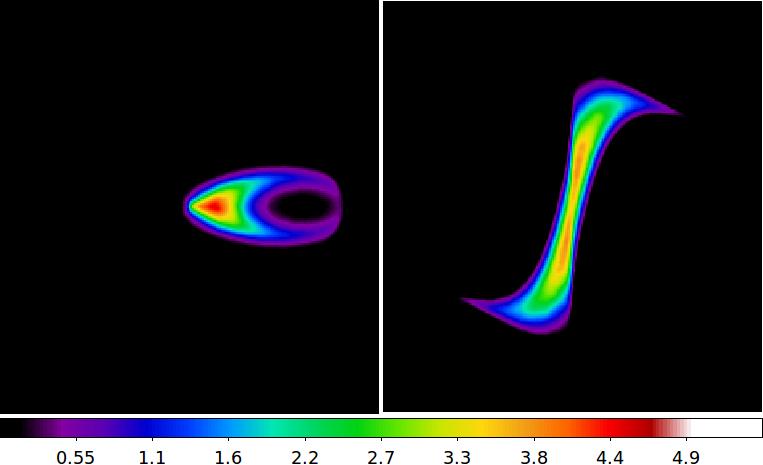Here is an example how to generate a data cube (X-Y-V), where X is along the major axis, Y along the minor axis, and V the doppler velocity. In this example we use a monte carlo approach and generate particles in a rotation disk using various prescriptions. See for example mkexpdisk or mkbaredisk .

The script that generated this plot
% ./mk_posvel_cube.csh % nds9 run1.5 % nds9 run1.6can also be viewed/downloaded here. This 256 x 256 x 256 cube based on 10M particles took about 30 seconds to compute on a 2011-type intel-7 computer.
This page was last modified on 24-May-2011 by PJT.